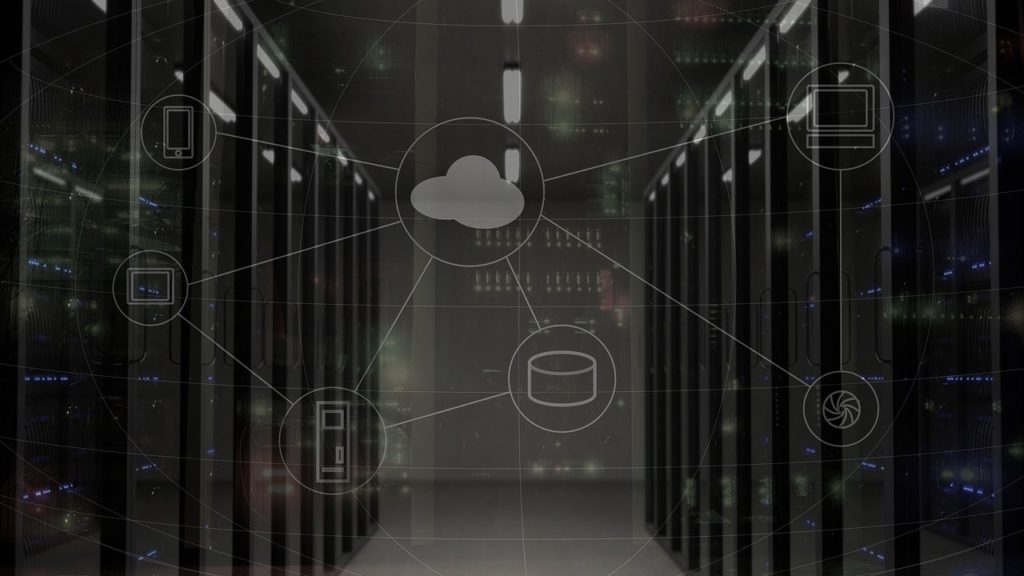How to reduce render times with render farms.
We have already mentioned in several articles that rendering (important task in the creation process of a 3D configurator) is the most time-consuming phase. Fortunately, it`s just machine time, which is relatively cheap compared to designers working hours.
The fact is that in a professional environment, delivery times for freelance designers are often very short.
You will almost certainly more time in high-level production because the complexity of scenes is often greater, so you won`t actually benefit from it.
A single frame of a medium quality film can easily take a day.
The only way to produce a film of this complexity in required time is to use several computers in parallel. This is called a render farm.
Render farms to optimize Rendering.
Let`s take a concrete example: the blockbuster Cars 2 from Pixar. On average, each frame of cars has taken 2 eleven hours of rendering. The most complex scenes, as John Rath of DataKnowledge reports, require an average of 80 to 90 hours of rendering per frame.
In the case of cars 2, the rendering was used on a battery of Dell servers with a total of 12,500 cores.
To give another example: Kung Fu Panda 2 has taken 55 million hours of computing time. At 6000 years, this is an impressive period of time.
All of this should not be discouraging, but it is important to know that pressing a button on a notebook is not enough to achieve Hollywood-compatible results.
Basic structure of render farm.
A farm can simply consist of two or more computers connected to the network or as complex as a data center, containing dozens or hundreds of servers mounted in rackmount cabinets and running in headless mode.
Incidentally, this is a problem for software that uses GPUs to speed up rendering. A normal data center has no GPUs on servers, which would cause unnecessary costs and therefore cannot use software and plug-ins that require GPUs.
The connection between computers and servers is established via Ethernet and each computer receives data about the frame it has to calculate. When rendering is complete, the frame is saved in a shared folder.
At the end of the rendering, the node waits for a new frame to be computed.
Render farm management software.
Since each frame can require different computing time and not necessarily all farm nodes have the same performance, each node must be controlled by a management software that transmits the correct frame for calculating and transmitting the necessary data.
Farm management software can be a completely original solution or a true management software that allows them to manage more jobs on the same render farm.
For rendering farm management, there are commercial software that is less flexible but easier to use, as well as open source solutions.
One standard is DrQueue. DrQueue is open source and therefore completely open. DrQueue enables you to deploy and manage jobs on a network, including machines with different operating systems or configurations.
DrQueue`s open nature makes it possible to support a wide range of rendering systems , including 3DS Max, After Effects, Blender, Lightwave, Maya, Nuke, V-Ray and Mental Ray.
This is one of the reasons why Lightwave 3D offers 999 rendering node that is included in the cost of each license. It is an extremely conventient software for television and advertising productions.
Normally, a farm of medium complexity also has one or more storage servers on which the frames calculated from each rendering node are archived.
Fast rendering is not unattainable for freelancer and enthusiasts.
The good news is that my carefully selecting the software, you can achieve spectacular results within a reasonable time. There is a very efficient software that allows them to achieve respectable results in a short period of time through some compromises.
Especially with today`s most common resolution for videos, the Full HD resolution 1920×1080, powerful software on a good computer can produce up to 10 or 20 seconds of discrete animation quality per day.
But when more processing power is needed, render farms are not out of reach for enthusiasts and small studios.
There are online services that allow them to send their scenes for rendering, paying anything that is considered a small amount: about 10 euros for the presence of an entire day of rendering, if you don`t have a special urgency and are willing to use the farm if you`re not yet fully occupied.
These are things you should consider when choosing the software. Some software has very high costs for licensing of rendering nodes used in rendering farms and these costs are directly reflected in the costs for the enduser.
As a rule, the indicative costs published on the service pages are always the lowest that the server calculates. However, the more expensive the software you use, the more likely it is that there will be a surcharge for renderings created with this software.
The reason for this is that perhaps only a few people have the most expensive rendering nodes installed on 50 computers, while the cheapest or free ones are installed on all computers.
And of course it is also possible to build a small personal render farm consisting of a pair of machines dedicated to rendering only.

From a economic point of view, however, it is much more convenient and practical to rely on professional service.
The cost of computers must also be added to the cost of power, maintenance, rendering, node licenses and render controllers.
Not to mention that even the smallest render farm, if not continuously used, is an asset that devaluates very quickly due to technical progress.
A render farm is always a good option if you are only occasionally dependent on render farms.